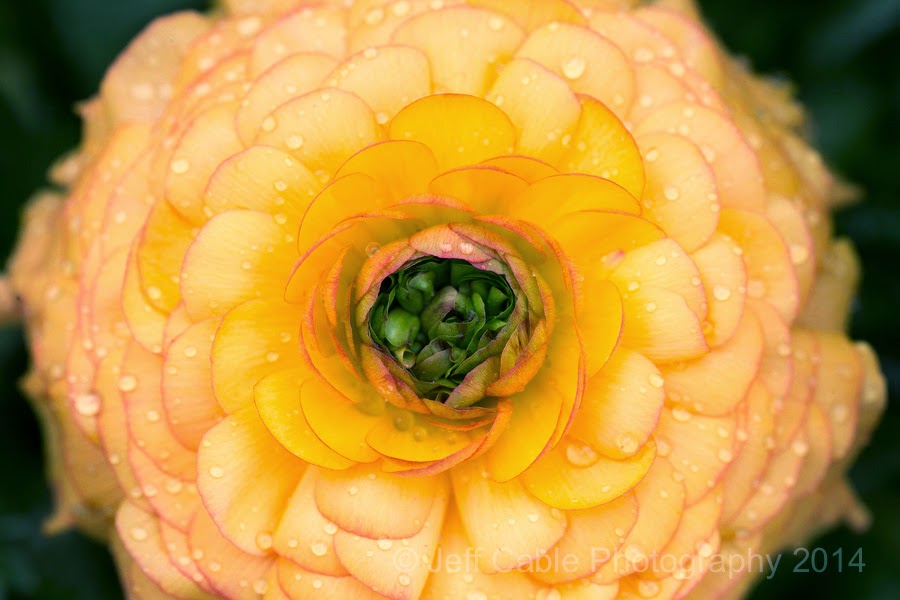I will be honest, there are times when writing a weekly blog can seem daunting. And once in a while (luckily not very often) I contemplate taking a break from the blog. What takes a couple of minutes to read can sometimes take me hours to write.
But then I get all the feedback from you, the readers, and I know that all this photography and writing is making a difference for others. These are usually people I have never met, and will likely never be lucky enough to ever have a face-to-face interaction.
With all of my travels, I never even made it over to our swim club this summer. But I stopped by on Friday and saw some friends who told me how much they liked the last blog post.
And then yesterday, I received this email from an 18 year old kid who is starting his own photography business:
******************************************
Hi Mr. Cable,
I just wanted to say that I am such a huge fan of all your work, your blog, and everything that you so willingly share. I am a photographer in Greeley, CO, just graduated high school, and you are a really huge inspiration to me. I hope that you will continue sharing all of your knowledge and great blog posts with the rest of your fans! Photography is such a difficult thing to do; yet, it is something we find ourselves "needing." :)
I just wanted to say thank you once again. You've even inspired me to start my own blog at my website (I'm also using Zenfolio, also in part thanks to you!); while I certainly have little following, I hope that someday it will change.
Again, thank you so much for simply being you.
Sincerely,
Andrew Moline
www.a2mphotography.com
I just wanted to say that I am such a huge fan of all your work, your blog, and everything that you so willingly share. I am a photographer in Greeley, CO, just graduated high school, and you are a really huge inspiration to me. I hope that you will continue sharing all of your knowledge and great blog posts with the rest of your fans! Photography is such a difficult thing to do; yet, it is something we find ourselves "needing." :)
I just wanted to say thank you once again. You've even inspired me to start my own blog at my website (I'm also using Zenfolio, also in part thanks to you!); while I certainly have little following, I hope that someday it will change.
Again, thank you so much for simply being you.
Sincerely,
Andrew Moline
www.a2mphotography.com
******************************************
As I do for everyone who writes to me, I checked out his web site to give him feedback. This kid is doing some really nice work.Here is the first shot from his web site:
 |
| Photo by Andrew Moline |
And to know that some of that education and inspiration comes from this blog is a real motivator for me. I know that most people charge subscriptions or make people pay to learn a trade. But money is not the motivating factor behind the blog. It is the amazing stories that I hear every week, from people like Andrew. I understand what he says about the "need" to shoot, and the elation we feel when we capture a great photo. I just wish I had felt this passion at his young age.
How many times in our lives do we get a chance to inspire people all over the world? With the advent of the Internet and social media, information can easily be spread around the globe. I feel lucky to have this forum to share with you all. What started as a blog for my friends and family (to keep up with my travels) has turned into something so much bigger.
And I thank all of you for being a part of this and for sharing your interest in photography.
















































